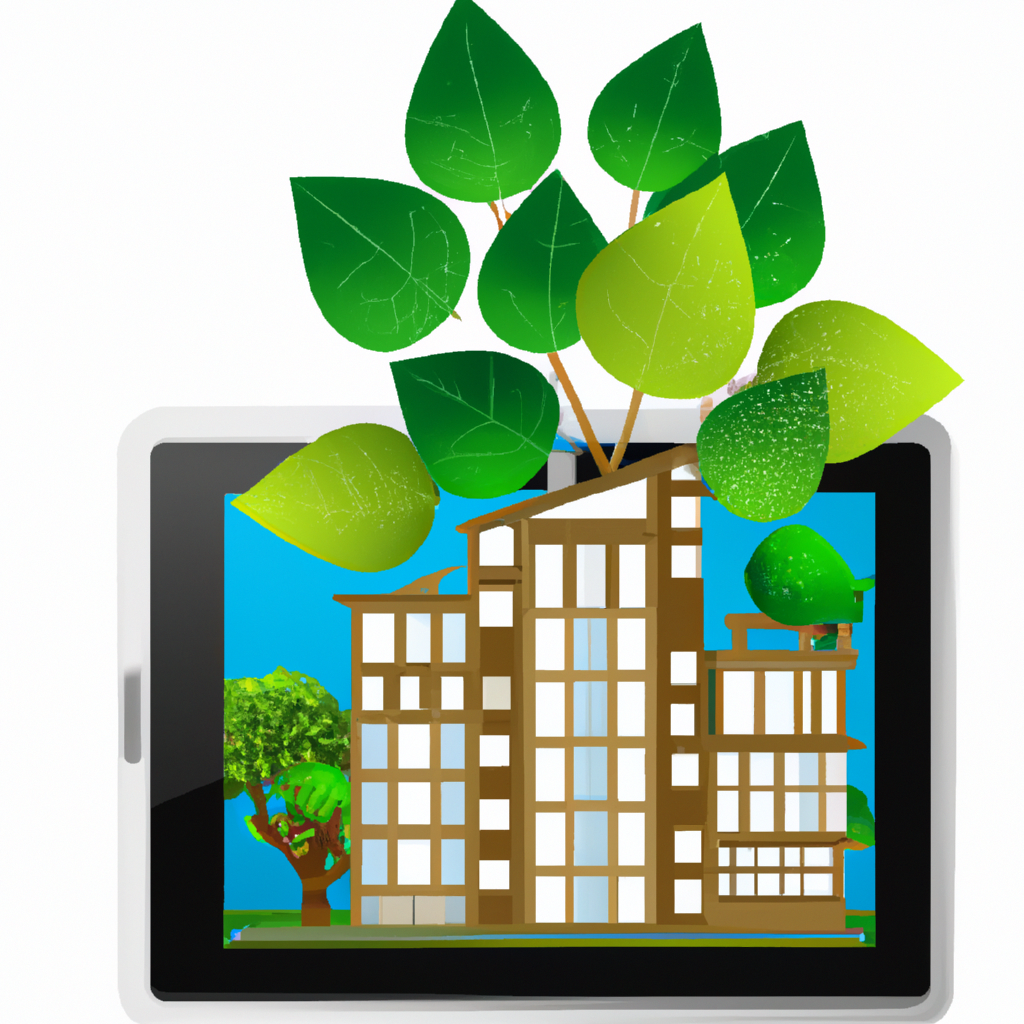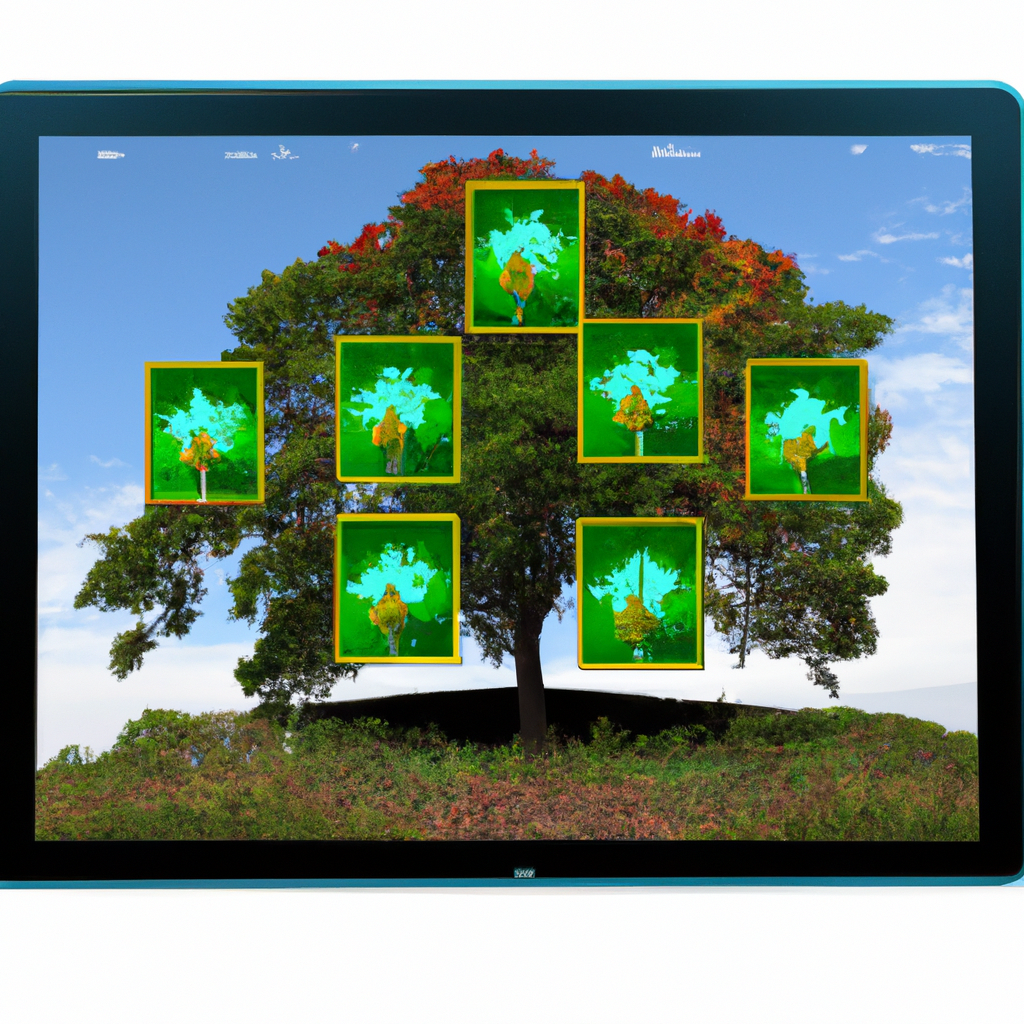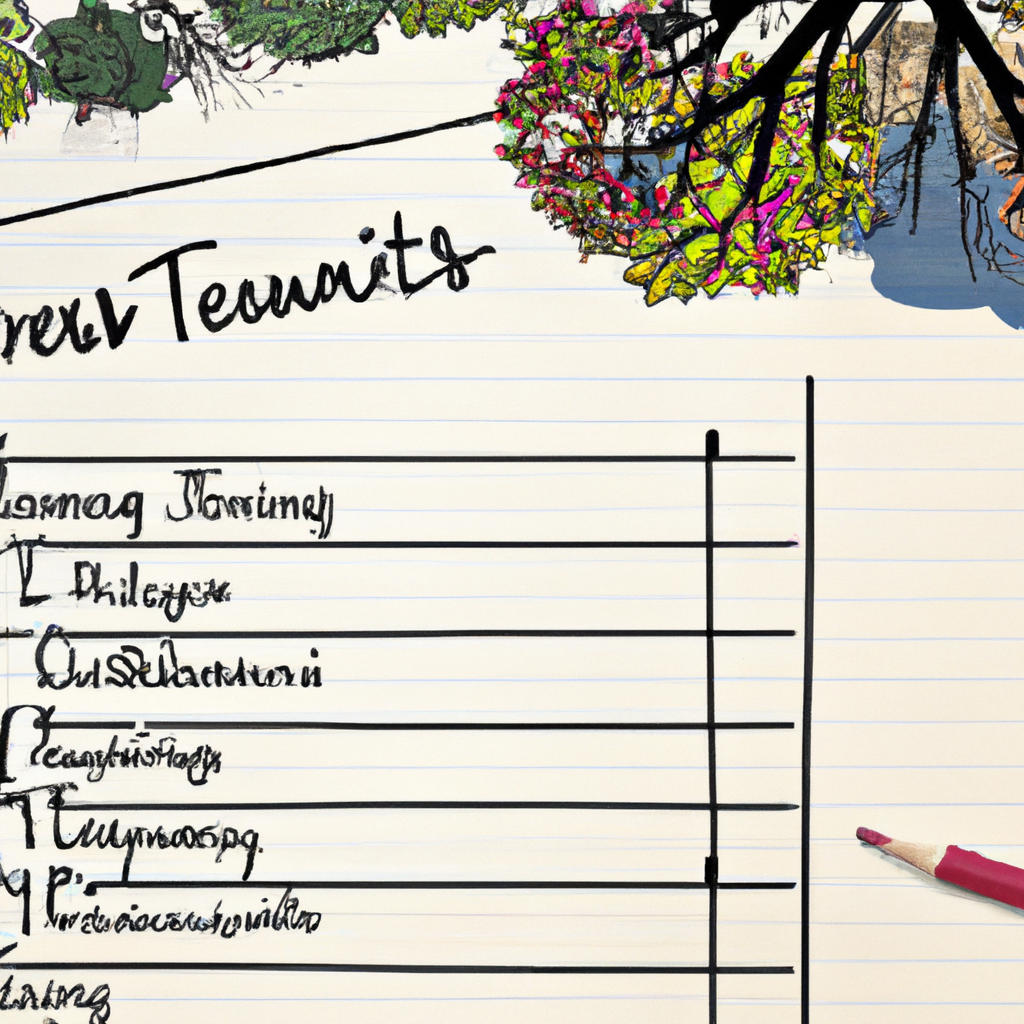Transform Your Career: Enroll in Premier Landscape Design Courses Today!
I remember the first time I walked into a landscape design class that focused on sustainability. It was a bright Tuesday morning, and I had my coffee in hand, ready to dive into what I thought would be another typical course. Little did I know, this journey would change how I see the world around me.
The instructor began with a simple question: ‘How can we create spaces that thrive alongside nature instead of against it?’ This stuck with me because, honestly, I’d never really considered how much our gardens and green spaces could impact the environment. It’s easy to think of them as just areas for beauty or leisure. But there’s so much more.
One thing we talked about was rainwater harvesting. Now, before taking this course, when it rained, I’d just grumble about getting wet on my way to the car. But here’s an eye-opener: all that water can be collected and reused! One of my classmates shared a story about her uncle’s garden back home. He’d installed barrels under every downspout to catch rainwater and used it during drier months to water his plants without relying on the main water supply. Not only did he save money on his water bill (which is something we all appreciate), but he also contributed less to stormwater runoff—a big win for local waterways.
Another highlight from the class was learning about native plants. These are species naturally found in a particular region and have adapted over thousands of years to live there without needing too much attention—or water! It’s like they’ve got their own survival kit built-in. In contrast, non-native plants often require more resources—like fertilizers and pesticides—that aren’t great for Mother Nature.
I remember heading over to our local botanical garden with some friends after one lecture where we learned all about these native wonders. We were amazed at how beautiful these hardy plants were—and even better—they attracted local wildlife like bees and butterflies. Watching those little critters flit from flower to flower made us realize just how interconnected everything is.
Green roofs were another topic that fascinated me beyond belief! Imagine rooftops covered in lush greenery instead of boring shingles or tiles? Not only do they look amazing (seriously Instagram-worthy), but they help insulate buildings too—keeping them cooler in summer and warmer in winter—which means less energy usage overall.
A real-life example came from one of our field trips downtown where we visited an office building sporting one such roof design—it was basically an urban oasis up there! Employees mentioned feeling less stressed having access to this little patch of nature amidst concrete jungles—a testament not only sustainable but mental well-being benefits as well!
Of course, no discussion on sustainable practices would be complete without touching upon composting techniques which frankly sounded kinda gross initially—but hey—turns out transforming kitchen scraps into nutrient-rich soil isn’t just eco-friendly; it’s cost-effective too!
Through these classes (and some trial-and-error experimentation at home), I’ve come away with new habits which make me feel connected towards contributing positively toward environmental care—even if sometimes small actions seem insignificant compared against global challenges faced today—it’s comforting knowing each step counts nonetheless right?
So if you’ve ever thought landscape design was simply arranging pretty flowers—you might wanna think again! These courses open up whole worlds filled possibilities where creativity meets responsibility head-on—and trust me—the rewards both personally environmentally are truly worth experiencing firsthand!
Here’s hoping more folks get curious enough explore similar paths because together—we can nurture planet healthier future hand-in-hand compassionately creatively sustainably always remembering magic lies within balance between human needs natural ecosystems alike 🌿



